Thrush is an extremely common breastfeeding issue, and it’s definitely not fun. Here is how to prevent thrush while breastfeeding and how to treat thrush if you do experience it!
Breastfeeding is an amazing experience for both mother and baby.
I’m truly thankful for the time I get with my babies and love nursing. I know breast milk is the best thing for their health and breastfeeding also helps to create such a special bond that I cherish!
However, I am the FIRST person to say that breastfeeding is not easy.
Many issues can arise while nursing. I posted recently about a common breastfeeding issue that I struggled with countless times of plugged milk ducts.
Today I’m writing about another common issue you may run into as a breastfeeding mother: thrush. Here is how to prevent thrush and how to treat it when you do have it!
So often in our culture, we hear how wonderful breastfeeding is, how much of a bond it forms between mother and child. Beyond the health benefits, breastfeeding is supposed to be natural, come naturally, be the easiest way to feed our baby.
I think it’s crucial that we as a society change the way we discuss breastfeeding. It’s important to be open and honest about our own experiences. For me? My first two breastfeeding experiences were so hard. Bleeding, cracked nipples. Mastitis countless times. Endless thrush. Literal tears of pain as I nursed my babies.
If we were more open about the hard parts of breastfeeding then new mothers would feel less alone when they experienced those hurdles. Less guilt that it doesn’t come easily for them. Less pressure on themselves. Less likely to give up breastfeeding altogether.
I’m living proof: IT DOES GET EASIER. It DOES get better!
Disclaimer: I am not a physician, just a mother who’s been through it all! If you have any medical conditions or concerns, be sure to see a lactation consultant, pediatrician or contact your health care provider!
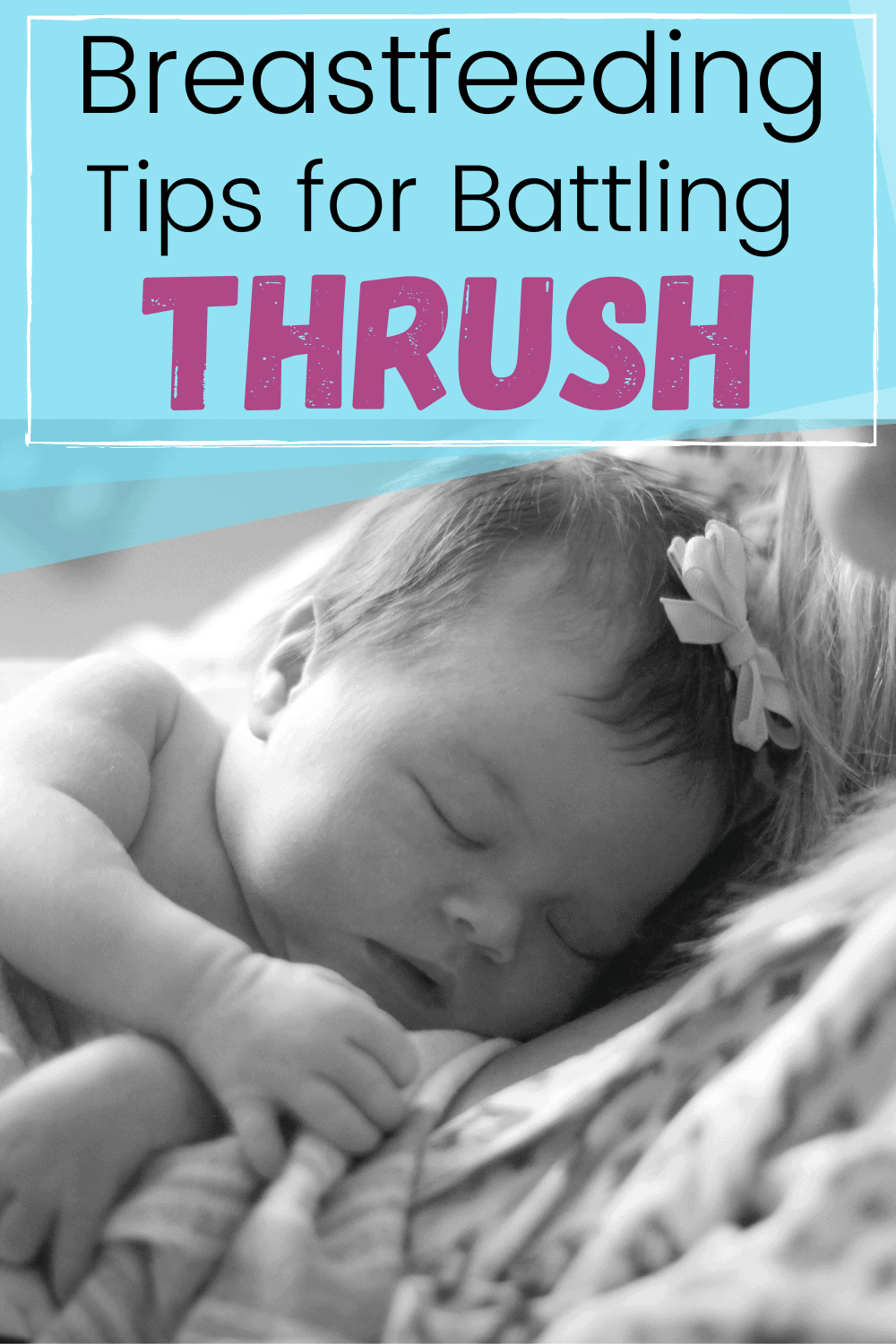
Disclaimer: post contains affiliate links. This post has been updated in 2022, originally published on October 13, 2014.
What is thrush?
I am a person who is prone to common yeast infections.
Thrush is actually a yeast infection but it’s one that is located in your breasts as nipple thrush and is transferred to your baby’s mouth as oral thrush. It’s caused by a buildup of a naturally-occurring fungus called Candida albicans. On a normal day, Candida fungus is a good bacteria and one you won’t notice. But when it builds up, it causes breast thrush.
Sounds awful, huh? Well, that’s because it IS awful!
Symptoms of a thrush infection can be very tricky.
Sometimes the baby will show symptoms and the mother won’t. Typically there will be white spots or white patches in the mouth or on the baby’s tongue. They may also have a diaper rash that won’t go away.
Or, in my case, the mother will show symptoms and the baby won’t.
I’ve battled thrush twice now and both times my baby did NOT show any symptoms.
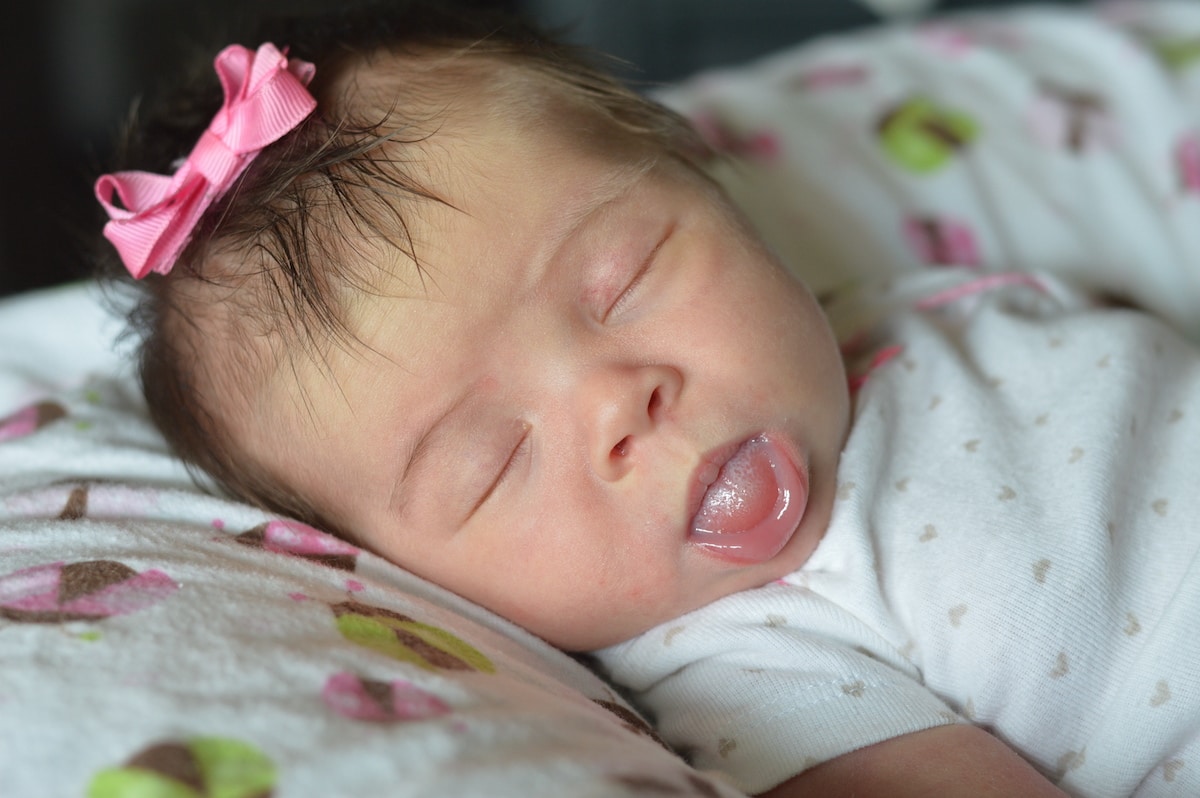
How do you know when you have thrush? What are the symptoms of thrush?
That is a tricky question as thrush symptoms can be tough to spot. My most recent experience with signs of thrush occurred following a vaginal yeast infection.
I start to have shooting pain in my nipples. Breast pain is NOT normal. Breastfeeding should not be painful. If it hurts, even if not severe pain, then it’s a good idea to ask for help!
At first, I just experienced sore nipples during feedings, then it was also immediately after feedings, and then it was nipple pain just all the time even in-between feedings.
I was in enough pain that I cried and where I didn’t want to nurse my baby. I knew something was wrong and all of those signs pointed to thrush.
The #1 symptom of thrush is PAIN! If you are hurting there is a good chance that thrush is your problem!
What causes thrush?
Thrush is a bacterial infection caused by a buildup of yeast. In my personal experience, it was caused by my nipple being damaged.
With my first baby, we struggled with latch issues and that caused my nipple to become cracked (even bleeding) and left it more susceptible to other issues.
After my first baby my nipple never fully healed and with my current baby it started being cracked and bleeding and bam! Hello, thrush.
Thrush is also often caused by the recent use of antibiotics, much like in vaginal yeast infections where an overgrowth of yeast can occur following oral medications or other antibiotics (amoxicillin ALWAYS is an issue for me!).
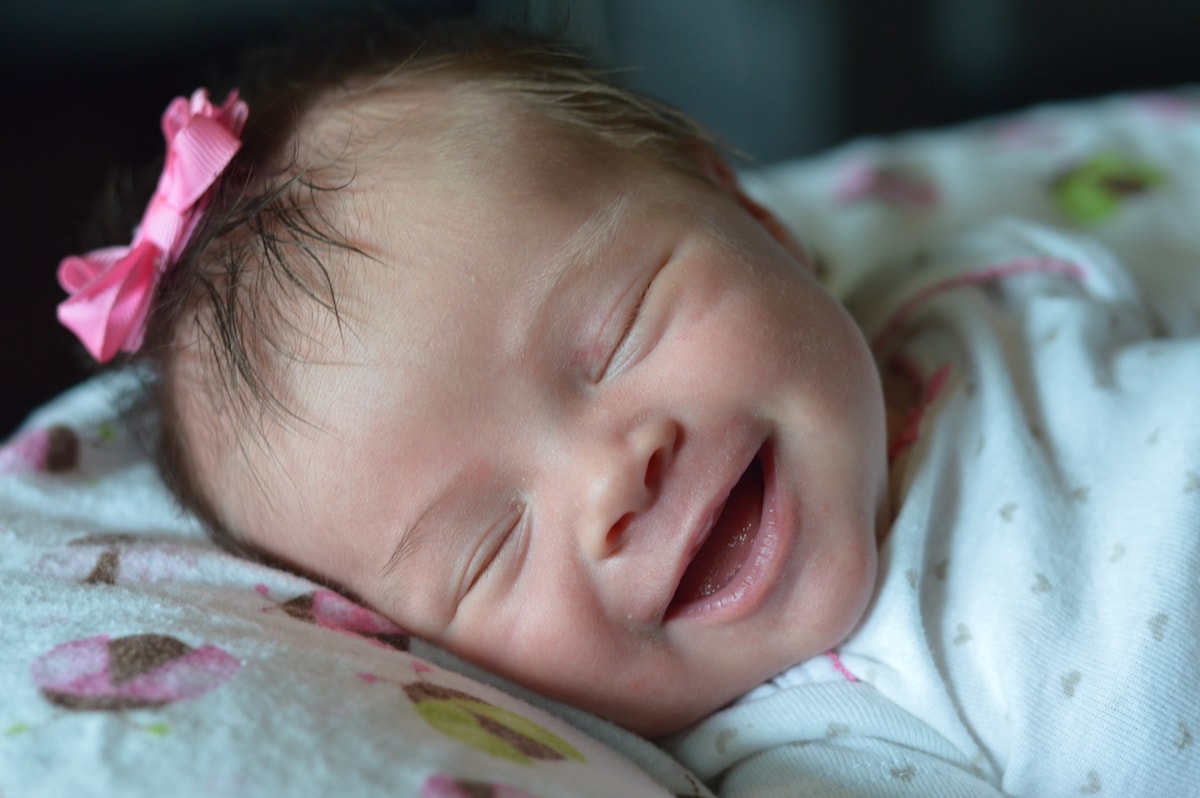
How to Cure Thrush
Thrush is painful. It’s miserable.
And you want to get rid of it as quickly as possible.
Once you have it you NEVER want to deal with it again.
However, it is not a simple, quick fix. It takes time and a good bit of effort.
Unfortunately, thrush is easily passed between breastfeeding moms to breastfed babies and then the yeast infection of the mouth is passed back through the mother’s nipples. Over and over creating a cycle of pain, discomfort and frustration. The treatment of thrush can be tricky, but once resolved you’ll be able to go back to enjoying this quality time with your precious baby!
Take Medication
The obvious answer for any sort of issue is to take medication for the problem. Oral medications can be prescribed by a healthcare provider. However, this is often easier said than done. My baby wasn’t showing symptoms which meant it was difficult for me to get her pediatrician to agree to prescribe anything for her.
If you don’t treat BOTH the mother and the baby at the same time then you will just be passing it back and forth and won’t be able to get rid of it.
I pushed for the meds for her and finally got them. My dr. prescribed Diflucan for my yeast issues and her doctor prescribed Nystatin.
Nystatin is an oral antifungal medication that has to be given three times a day for 10 days. It’s icky, sticky, and gross. But it kicks thrush to the curb!
If you are prone to vaginal yeast infections it can also be wise to go ahead and take oral antibiotics or the internal creams if you or your baby develops thrush as this can help prevent a vaginal yeast infection too.
Take Ibuprofen for the Pain
I was hurting so badly that I couldn’t sleep and taking some ibuprofen really helped ease that pain and allowed me to continue nursing (and functioning) through it all!
I took 800 mg for the first 3 days of the meds and I felt like a new person! Be sure to ask your doctor about how much ibuprofen you should take, mine recommended a higher dose amount to help get the pain under control.
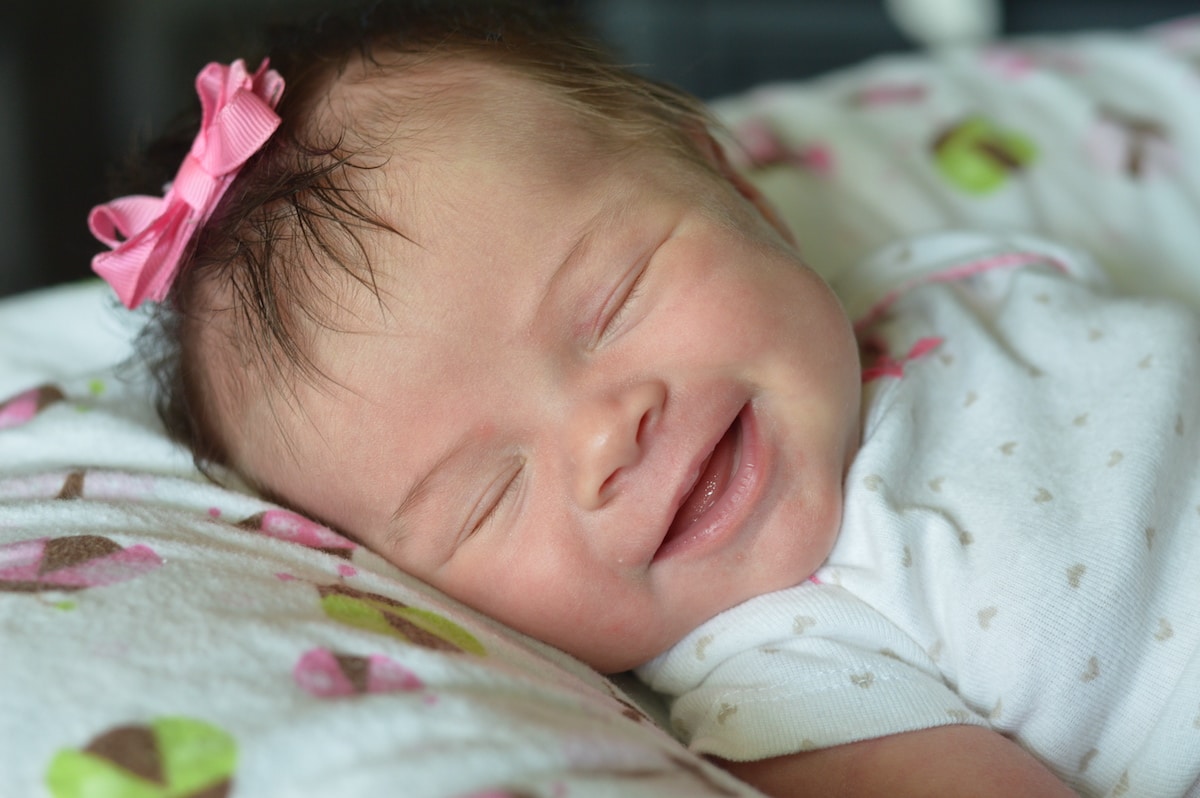
Home Remedies for Thrush in Breast
While thrush is not as unbearable as mastitis, there is also no quick fix the way prescription medication will help resolve mastitis either. If you are struggling with any breastfeeding concerns, always seek medical advice. However, when it comes to thrush breastfeeding problems having some of these household items can serve as thrush breastfeeding home remedies to avoid the candida infection from spreading between mother and baby.
1. Following feedings rinse nipples in a mixture of vinegar and water
I combined the two in a little squirt bottle and would spray my nipples after each feeding. You can also dab a cotton swab into the mixture and apple onto the nipple.
It would BURN the first few days but I kept at it as it helps to kill the yeast.
After spraying them off, I would use a new paper towel each time and make sure they were fully dry. The candida species prefer warm, moist environments so taking the time to fully dry the nipples between feedings is important!
2. Between feedings I would apply an antifungal cream to my nipples and let them air out as much as possible
I used the external cream that was included in my Monistat antifungal medicine for my vaginal yeast issues.
I also heard about Dr Jack Newman’s Nipple Cream so I called and had a local compound pharmacy make some for me and used that as well.
By the way… this cream is also AMAZING and it’s really helping to heal my damaged nipple 🙂
3. Prior to feedings I would put coconut oil on baby’s lip and on my nipples.
Many people swear by coconut oil for many uses and it is used to help prevent the thrush from going back and forth between us.
Even though I never saw any white patches in my baby’s cheeks I still continued to apply a bit of coconut oil on my nipples as well as her lips prior to each feeding for a few days.
I put it on the baby’s mouth before she started nursing at each feeding. It also seemed to help her get a better latch which was an added benefit of this home remedy for sure!
4 Consider Apple Cider Vinegar
Many people swear by apple cider veinegar as a way to help prevent and cure yeast related issues including using it to treat nipple thrush.
It can be digested orally daily and some people prefer to drink it straight, some perfer to mix it, some like gummies and some (like myself) prefer capsule form.

How to Prevent Thrush While Breastfeeding
These helpful tips will further help you get rid of thrush and are also preventative measures you can take to keep it from happening in the first place!
It’s SUPER important to change out your breast pads regularly
Yeast thrives in moist environments and having the wet pads against you will only make it worse.
I am very frugal and felt wasteful changing them so often but for the first few days, I got new breast pads after each feeding. I’ve tried many different types of nursing pads but sometimes spending a little more money is well worth it and that has been the case with these nursing pads – truly THE best!
Thrush is spread very, very easily
It’s important to thoroughly wash anything and everything and anything that has been in contact with areas of the body that have been exposed to thrush.
I sanitized all of my breast pump parts and stopped using my Milkies during that time (and sanitized that as well). It is important to wash hands before and after feedings as well as anytime you touch your breast area.
Wash Everything to Prevent Thrush
It’s also important to wash any bras or other clothing you have worn that has touched your nipples.
I also stopped using the Vitamin D drops I had been giving to my baby. They are the kind where you place a drop on your nipple and I didn’t want to risk the tip of the bottle touching my nipple.
Be Sure to Eat a Healthy Diet and REST
Taking care of yourself is SO important as a new mom. We easily focus on the baby and the baby’s needs and will forget to take care of ourselves. Yes, I believe we should put baby’s schedule first for the first year, but when it comes to the goals a first time mom should focus on – self care is KEY to be able to truly give your baby the care he or she needs!
Not getting proper nutrition and adiquate sleep can lead to a weakened immune system leaving you more suseptible to oral candidiasis or a fungal infection. Breastfeeding burns calories so make sure you have a healthy snack while you nurse and make sure you focus on getting as much solid sleep as you can between nursing sessions!
Attack vaginal yeast as well to prevent thrush
People with thrush don’t always get a vaginal yeast infection, but in my case I had one first and then got the yeast in my breasts.
It’s important to get it all gone and all at once so when I started my oral meds (and my baby started hers) I also did a round of an internal yeast infection medicine just to be extra sure to have it all out of my body!
It takes a few days for the Diflucan to start working and you should then start feeling better with less pain. I did all of the above tricks for several days.
I know some people do a few of the items on this list, and some don’t do any of them.
But for me, I wanted to WIN the battle against thrush and make sure it was 100% FOR SURE GONE!
It took a lot of work and dedication (my life revolved around this battle for a few days) but it was worth it to be able to return to a pain-free, enjoyable nursing experience.
How to prevent thrush in the future
Since I am a natural yeast person I have to be mindful of preventing vaginal yeast infections.
I use a new towel after each bath, wear 100% cotton panties, and use a mild soap for bathing.
With thrush being a form of yeast I know I’m always susceptible to dealing with it again in the future.
To help prevent it from happening I take a daily probiotic, try to eat yogurt as much as possible, and I also bought a probiotic to give my baby.
Probiotic cultures are the best way to prevent yeast (and have SO many benefits!) so I know I’m doing the best I can to avoid dealing with these issues again!
Thrush is one of the most difficult things to experience as a nursing mother.
It’s a very common reason that women give up breastfeeding. It’s painful and it’s discouraging.
It can feel like the issue will never go away. But the battle is worth fighting!
Once our thrush was gone my daughter and I was able to go back to our amazing nursing experience.
Here are some other great sources about thrush:
Have you ever had thrush? What tips on how to prevent thrush worked for you?
Looking for Advice on the Best Breastfeeding Supplies? Scroll Through to Shop My Favorite Items:
- 10th Birthday Message For My Daughter Love Mom {Tess’s 10th Birthday Letter} - June 12, 2025
- Tips to Maintain Structure While Traveling with Kids - May 22, 2025
- A Letter to my Son on His 16th Birthday From Mom (Kye’s Bday Letter) - April 30, 2025






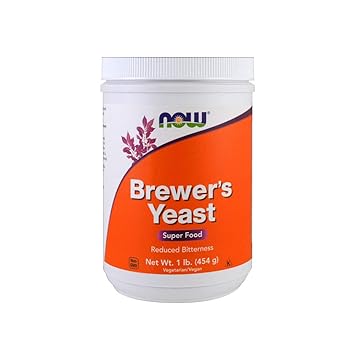
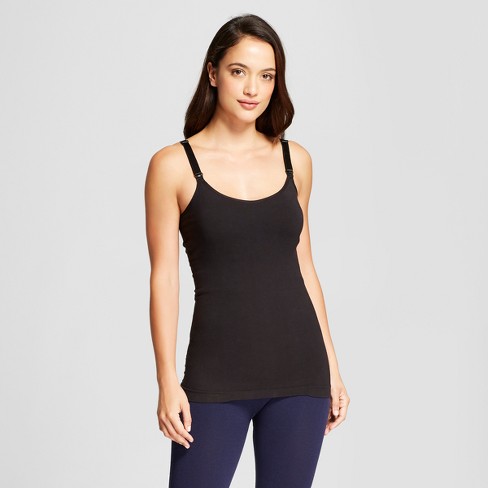

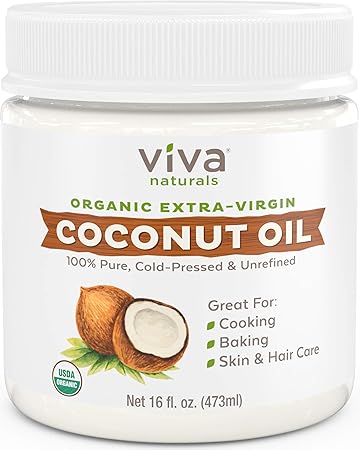
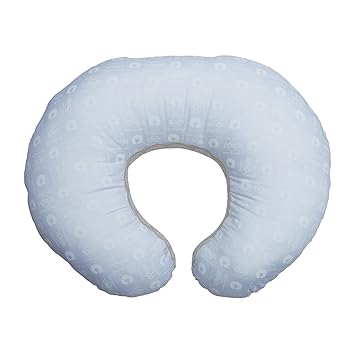
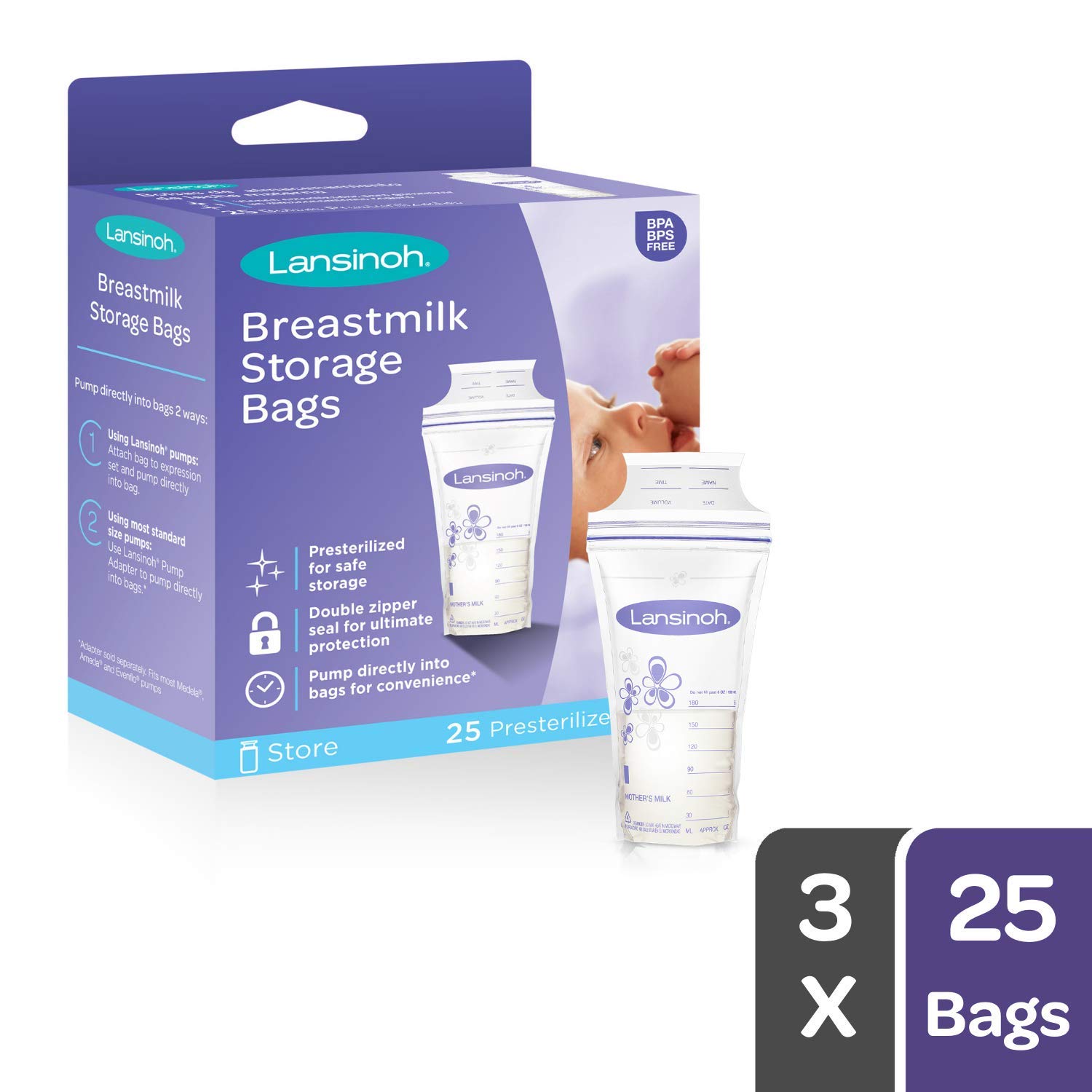

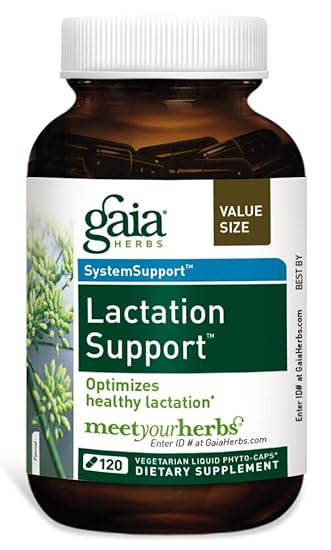
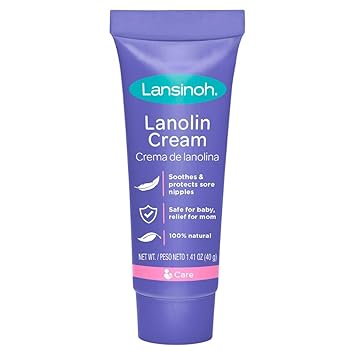

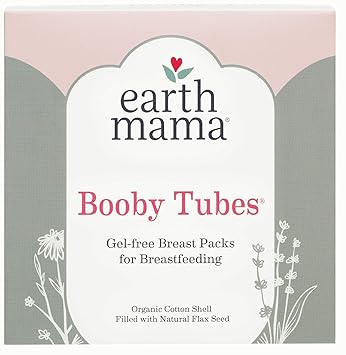



Thank you for this article! I am going through all the steps now to get rid of this horrible thrush I have with my one month old.
Hi Emily!
Thank you so much for your blog… of course I was up reading it in the middle of the night 🙂 I have been battling thrush in my nipples and in my 3mo olds mouth for the last four weeks. I’m finally seeing some progress and not having as much pain but last night started having recurrence of burning sensation in the nipples and was so frustrated. Just simply hearing other mom’s stories and that they didn’t give up either did gives me some hope. I just really appreciate you sharing your story. Also I agree kellymom.com has some great additional tips- I’m desperately doing all of them.
Author
Oh mannnn I’m SO sorry. I remember that pain so vividly and it is so hard to keep pushing through. Praying you were able to get some rest and that you are pain-free soon!